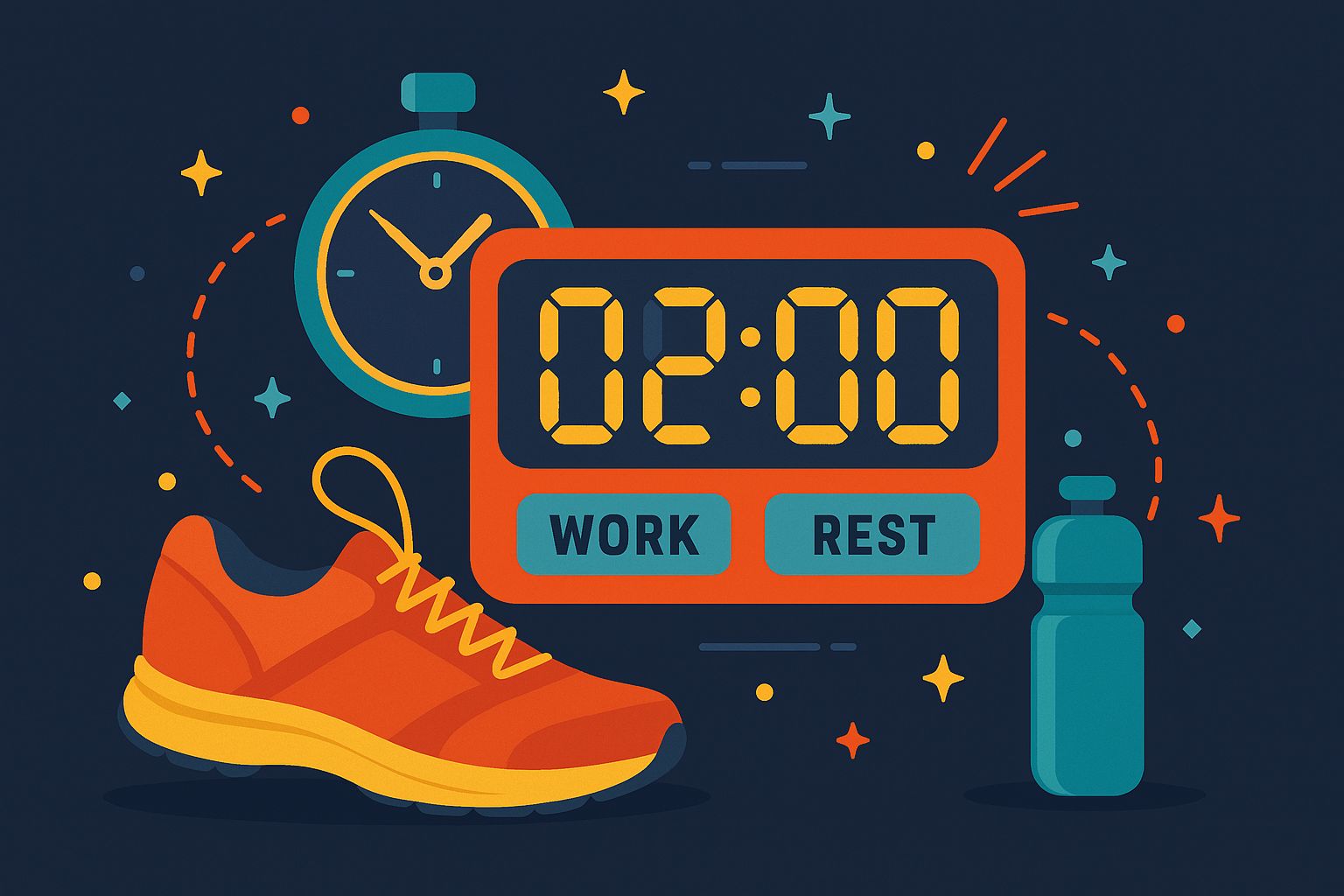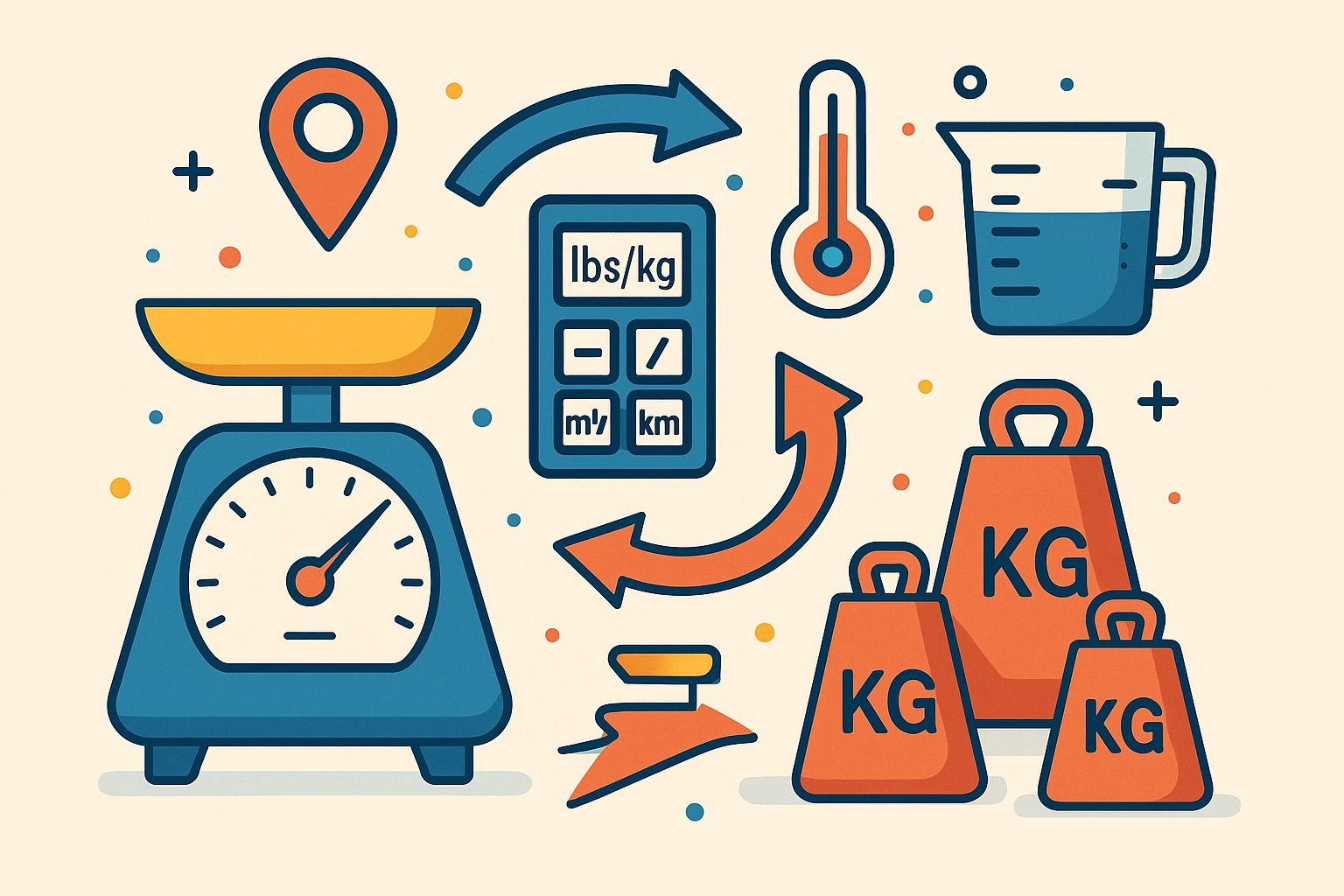Master Your Training with the Interval Timer Planner
Training is about more than just showing up and going through the motions—it’s about pushing yourself, improving, and making meaningful progress every time you step into a workout. Whether you’re running, cycling, swimming, or engaging in high-intensity interval training (HIIT), the way you structure your workout can make all the difference. One of the most effective ways to optimize your training and elevate your performance is by using an interval timer planner.
An interval timer planner is a tool that allows you to customize your workout by organizing work and rest periods in a structured and purposeful way. If you’re looking to build endurance, boost your speed, or challenge yourself in new ways, the interval timer planner is your key to success. This article will dive deep into what an interval timer planner is, how it works, and why it’s an essential tool for anyone looking to maximize their fitness potential.
Interval Timer Planner
What is an Interval Timer Planner?
An interval timer planner is a fitness tool designed to organize and structure workout intervals based on your specific training goals. These timers allow you to set different time periods for exercise and rest, which can be customized based on the type of workout you’re performing. By alternating between intense effort and periods of rest, interval training optimizes both endurance and strength, making it an excellent method for athletes of all levels.
The primary function of the interval timer planner is to create an efficient workout that cycles through periods of high-intensity exercise (also known as “work intervals”) and periods of low-intensity recovery or complete rest (known as “rest intervals”). The planner helps you stay on track by alerting you when to switch from work to rest and back again. Whether you’re aiming for a sprint workout, a HIIT session, or a strength-building circuit, the interval timer planner ensures you hit your training goals without the guesswork.
While interval training has been used by athletes for decades, the rise of technology has made it more accessible and customizable than ever. Interval timer apps and devices are now available for all types of fitness enthusiasts, from beginners to professionals, giving them the tools to train smarter and achieve better results. The interval timer planner is no longer just a concept used in competitive sports—it’s a tool that can be easily integrated into your everyday workout routine.
How is an Interval Timer Planner Calculated?
At its core, the interval timer planner is based on a simple structure: work periods followed by rest periods, repeated over the course of a workout. However, calculating the optimal intervals for your goals requires a deeper understanding of how different work-to-rest ratios can impact your performance and fitness.
Work and Rest Periods
To calculate an interval training session, the planner typically involves setting two primary elements:
Work Period: This is the amount of time you will spend performing high-intensity activity. It is the period in which you push yourself to your physical limits, whether that’s through running, cycling, swimming, or strength training. The work period might last anywhere from 10 seconds to several minutes, depending on your specific goal.
Rest Period: After each work period, you will rest to recover. The rest period can vary in length, but it typically involves lower-intensity activity, such as walking or active recovery, or complete rest. The idea behind this is to allow your body to recover just enough to give maximum effort during the next work period. Rest periods can range from a few seconds to several minutes, depending on the intensity of the work period and the type of workout.
The work-to-rest ratio is key in calculating your workout. For example, for a high-intensity interval training (HIIT) workout, the work period might be shorter (e.g., 30 seconds), followed by a longer rest period (e.g., 60 seconds). Alternatively, for endurance training, the work period might be longer (e.g., 2 minutes of running), followed by a shorter rest period (e.g., 1 minute of walking).
Adjusting for Fitness Goals
The actual calculation of intervals depends on your fitness goals. Different goals require different approaches to the work-to-rest ratio. Whether you’re training for fat loss, speed, strength, or endurance, the interval timer planner will calculate the most effective combination of work and rest periods based on your objective.
Endurance Training: If you’re working on building cardiovascular endurance, you’ll want a longer work period and a shorter rest period. This type of training improves your ability to sustain moderate-intensity activity over time.
Strength Training: For strength or power-focused training, you might have shorter work periods and longer rest intervals. The aim here is to perform a few high-intensity sets with adequate rest between them to allow for maximal strength output.
HIIT (High-Intensity Interval Training): HIIT workouts focus on short bursts of intense effort followed by short recovery periods. This high-intensity method builds both aerobic and anaerobic fitness and is highly effective for burning fat and building endurance.
Speed and Agility: When training for speed, your intervals will focus on short bursts of maximum effort with longer recovery periods to ensure full recovery before each sprint or high-effort movement.
Using the Interval Timer Planner
Once the planner has calculated your optimal work-to-rest ratio, it’s time to use the interval timer during your workout. The timer will alert you when to begin and end each work and rest phase, allowing you to stay focused on your exercise instead of constantly checking the clock. Many modern interval timers also offer customizable features, such as the ability to set specific sound cues for each phase of your workout or even to pause the timer if you need extra recovery time.
The timer ensures that your intervals are precise and that you’re getting the right amount of recovery and effort for the optimal performance. The intervals also help you avoid undertraining or overtraining by providing consistent, structured rest periods between efforts.
Why is an Interval Timer Planner Important?
The interval timer planner is an essential tool for athletes and fitness enthusiasts for several reasons. It helps to optimize training, track progress, and ensure you’re working toward your fitness goals in an organized and structured manner. Here are some of the key benefits of using an interval timer planner:
Using an interval timer planner ensures that your workouts are structured and time-efficient. Instead of guessing how long to rest between exercises or how much effort to exert, the timer helps you stay on track, ensuring that each segment of your workout is timed for maximum effectiveness.
The beauty of the interval timer planner is that it can be customized for any fitness goal, from weight loss to endurance to strength training. By adjusting the work and rest periods, the interval timer planner ensures that your workout matches your goals, whether you’re looking to burn fat, build muscle, or improve your speed.
Whether you’re running a 5K or cycling a long-distance race, pacing is key to performing at your best. The interval timer planner allows you to break your workout or race into smaller, manageable chunks, helping you pace yourself and maintain energy throughout the event. This pacing strategy helps prevent early burnout and ensures that you’re pushing yourself just enough to perform at your peak without overexertion.
Using a timer during your workout creates accountability by ensuring you follow your planned intervals and stay on track. With the constant beeps and notifications, the timer helps you stay engaged in your workout. It also motivates you to push through tough intervals, knowing that rest is coming up soon.
Interval training is an effective way to track progress over time. By using an interval timer planner consistently, you can compare your performance on each interval and track how your work times and rest periods improve as your fitness level increases. This makes it easy to see tangible results, such as a decrease in recovery time or an increase in the amount of time you can work at a high intensity.
How to Use the Interval Timer Planner for Maximum Results
To get the most out of your interval timer planner, you’ll need to tailor it to your specific fitness goals. Here’s how to use the tool effectively in different training contexts:
For endurance sports like running, cycling, or swimming, use a timer to structure your long-distance efforts. You might choose longer work intervals (such as 3-5 minutes of continuous effort) with short rest periods (about 1 minute of active recovery). This builds the cardiovascular capacity necessary for longer, sustained efforts.
For a high-intensity interval workout, you’ll want short work intervals of maximum effort, followed by short rest periods. The interval timer planner helps you maximize your intensity while ensuring you get the right recovery between rounds. It’s important to push yourself during each interval to improve aerobic and anaerobic fitness.
If your focus is on building strength, you can use the timer for timed sets of weightlifting or bodyweight exercises. Rest periods between sets may be longer to allow for recovery, ensuring you can exert maximum strength during each round.
To improve your speed, set the timer for sprints or quick bursts of intense effort, followed by slightly longer rest periods to ensure full recovery between each sprint. This type of interval training will help you develop the explosive power needed for short bursts of high-intensity activity.
Take Your Training to the Next Level with the Interval Timer Planner
The interval timer planner is an indispensable tool for athletes and fitness enthusiasts alike. By structuring your workouts with precise intervals, you can optimize your training, improve your performance, and reach your fitness goals faster. Whether you’re running a race, cycling long distances, or pushing through HIIT workouts, the interval timer planner ensures that you’re always training with purpose and intention.
Incorporating interval training into your routine will push your limits and help you achieve remarkable results. So, start using the interval timer planner today, and unlock your full fitness potential. With structured intervals, tailored goals, and consistent progress, you’ll be well on your way to achieving new levels of strength, speed, and endurance.




